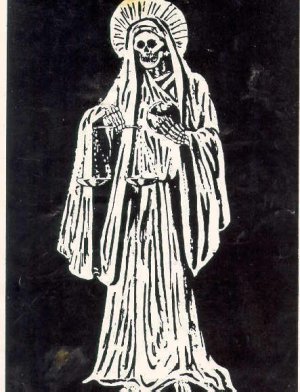Lilith (Hebrew: לילית; lilt) is a Hebrew name for a figure in Jewish mythology, developed earliest in the Babylonian Talmud, who is generally thought to be in part derived from a historically far earlier class of female demons Līlīṯu in Mesopotamian Religion, found in Cuneiform texts of Sumer, Akkad, Assyria and Babylonia.
Evidence in later Jewish materials is plentiful, but little information has been found relating to the original Sumerian, Akkadian, Assyrian and Babylonian view of these demons. The relevance of two sources previously used to connect the Jewish Lilith to an Akkadian Lilitu—the Gilgamesh appendix and the Arslan Tash amulets—are now both disputed by recent scholarship. The two problematic sources are discussed below.
The Hebrew term Lilith or "Lilit" (translated as "night creatures", "night monster", "night hag", or "screech owl") first occurs in Isaiah 34:14, either singular or plural according to variations in the earliest manuscripts, though in a list of animals. In the Dead Sea Scrolls Songs of the Sage the term first occurs in a list of monsters. In Jewish magical inscriptions on bowls and amulets from the 6th century CE onwards, Lilith is identified as a female demon and the first visual depictions appear.
In Jewish folklore, from the 8th–10th century Alphabet of Ben Sira onwards, Lilith becomes Adam's first wife, who was created at the same time (Rosh Hashanah) and from the same earth as Adam. This contrasts with Eve, who was created from one of Adam's ribs. The legend was greatly developed during the Middle Ages, in the tradition of Aggadic midrashim, the Zohar, and Jewish mysticism.[3] For example, in the 13th century writings of Rabbi Isaac ben Jacob ha-Cohen, Lilith left Adam after she refused to become subservient to him and then would not return to the Garden of Eden after she coupled with the archangel Samael.[4] The resulting Lilith legend is still commonly used as source material in modern Western culture, literature, occultism, fantasy, and horror.

